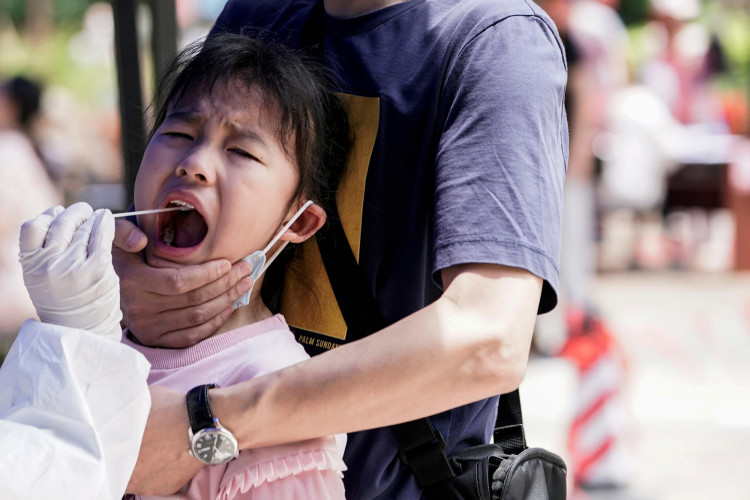China is experiencing a notable surge in respiratory illnesses among children, particularly in its northern regions and Beijing. This uptick in cases, primarily pneumonia, has led to increased hospitalizations, prompting responses from both the World Health Organization (WHO) and the U.S. Centers for Disease Control and Prevention (CDC).
David Daigle, a spokesperson for the CDC, confirmed that the agency is closely monitoring the situation and maintaining communication with health officials in China. This vigilance comes in light of the CDC's longstanding collaboration with its Chinese counterpart, spanning over 30 years on various global diseases, including influenza and tuberculosis.
The WHO initially expressed concerns over China's transparency, drawing parallels with the early stages of the COVID-19 pandemic when the country was criticized for withholding critical information. However, in a reassuring turn, WHO officials have since acknowledged that the Chinese authorities provided them with the requested data. This data suggests that the current rise in respiratory illnesses is attributed to known pathogens like mycoplasma pneumoniae, respiratory syncytial virus, and seasonal flu viruses.
These pathogens are known to cause increased respiratory issues during winter due to lower immunity levels and heightened virus spread in colder weather. The recent lifting of COVID-19 restrictions in China is also believed to be a contributing factor to the higher circulation of these transmissible illnesses.
Interestingly, the WHO noted that some increases in illnesses were earlier in the winter season than historically observed. However, this pattern is not unique to China, as similar trends have been experienced in other countries following the easing of COVID-19 restrictions.
Despite the growing concerns, health experts, including Dr. Zuo-Feng Zhang, chair of the epidemiology department at UCLA, emphasize that there is no immediate cause for international alarm. The symptoms reported are common to several respiratory diseases, and the clinical manifestations in the current outbreak are caused by known pathogens.
This stance is a departure from the initial handling of the COVID-19 pandemic, where Chinese authorities faced criticism for attempting to cover up the outbreak's start. In contrast, the prompt data sharing by China with the WHO on the current situation reflects a more transparent approach.
The CDC, while confirming the increase in known respiratory illnesses in China, did not comment on whether the outbreaks might spread to the U.S. or if there were plans to screen people traveling from China for respiratory diseases.






